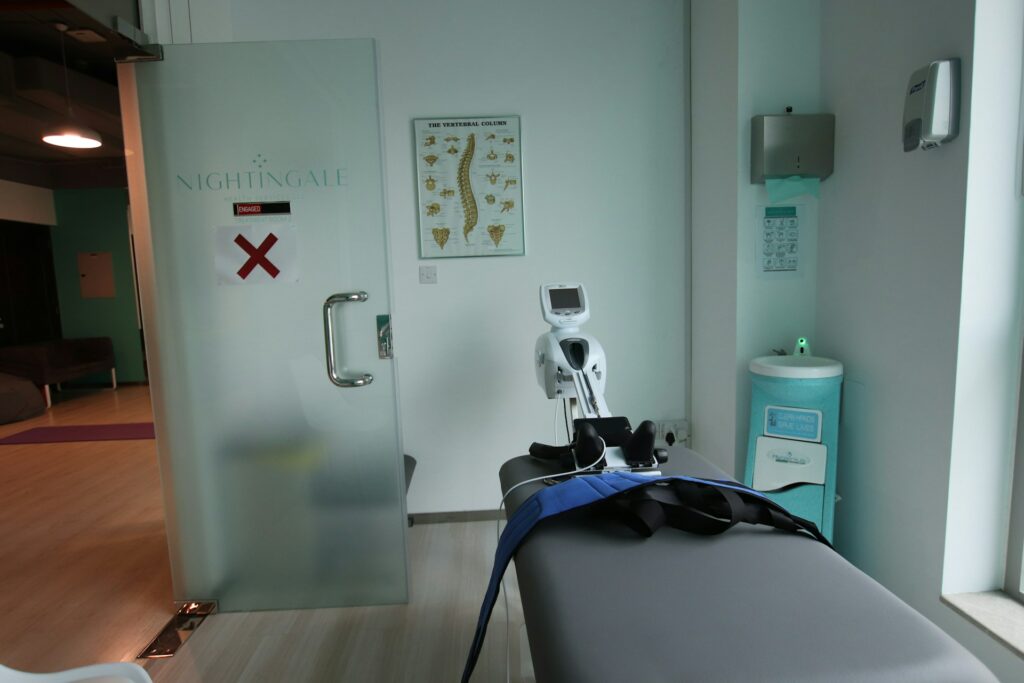How Robots Are Helping, Not Replacing Humans in Healthcare

How Robots Are Helping, Not Replacing Humans in Healthcare
An Overview of the Rapid Development of Robotic Support in the Medical Field
In the minds of many people, the term “robot” still conjures up visions of science fiction robots taking over our occupations and replacing us. On the other hand, the narrative is far more upbeat and humane in the field of healthcare. Robots are becoming valued partners in hospitals and clinics, not because they are replacing physicians or nurses but rather because they are assisting them in providing treatment that is superior, more efficiently, and more securely.
The delivery of medical care is being subtly revolutionized by robots, which are doing tasks such as aiding with surgical procedures, delivering drugs, and sterilizing hospital rooms. In 2025, they will not be able to take control. They are working together.
Offering Assistance to Medical Professionals, Rather Than Competing With Them
When it comes to the healthcare industry, one of the most widespread misconceptions is that robots would render human labor obsolete. However, the majority of medical robots are intended to provide assistance rather than to replace. When it comes to minimally invasive operations, for instance, surgical robots like those utilized in these procedures are controlled by doctors rather from being automated. They perform the function of precision instruments, assisting human hands in becoming even more exact and stable, particularly during very delicate surgical procedures.
The size of the incisions and the amount of time needed for recuperation are both reduced by these robotic devices, which also assist avoid problems. On the other hand, they continue to rely on a highly skilled surgeon to operate the controls. Not only is the robot not taking the place of the doctor, but it is also improving their skill set.
Contributing to the Efficiency of Hospitals
In hospitals, time is of the essence because of the hectic and high-pressure environment. Robots really flourish in situations like these. Today, autonomous robots are being used in many hospitals to bring meals, medication, or lab results. This allows nurses to spend more time directly with patients, which is a significant benefit.
Some of them even use ultraviolet light to clean and disinfect rooms, which is very crucial when it comes to preventing the development of illnesses such as COVID-19 or germs that are resistant to treatments with antibiotics. These sorts of time-consuming and repetitive duties are perfect candidates for robotic automation, which enables human workers to allocate their attention to providing care that can only be provided by them.
The Application of Robotics in Restorative and Elderly Care
In the field of physical rehabilitation and care for the elderly, robots have another surprising use. After suffering a stroke or an injury, patients may now re-learn how to walk with the assistance of robotic exoskeletons. Movement is supported by these devices, which are worn on the body, while therapists guide and monitor the process.
The use of companion robots in elder care provides the opportunity for discussion, serves as a reminder to take medicine, and helps to reduce feelings of loneliness. The purpose of these social robots is to offer emotional support and regular structure, particularly in settings where caregivers are already working at a high capacity. However, they are not intended to replace human connection; rather, they are designed to augment it.
AI and Diagnostics: A Collaborative Effort Artificial intelligence, which is the driving force behind many of these robots, also assists medical professionals in improving the speed and accuracy of their diagnosis. Using massive volumes of patient data, artificial intelligence is able to recognize patterns that would take a human being several weeks to discover.
Nevertheless, the physician is the one who makes the ultimate decision. The artificial intelligence does not take the place of human judgment or experience; rather, it provides physicians with an additional tool to use in the process of decision-making.
Reasons Why Human Touch Is Still Important
Compassion is the driving force behind healthcare, and it is the type of compassion that cannot be taught. The ability to soothe a bereaved family or listen patiently to someone’s anxieties is not something that robots are capable of doing, despite the fact that they can help with physical chores, deliver statistics, or send reminders. In the field of medicine, only human caregivers are able to provide this emotional aspect of the profession.
The vast majority of patients have expressed their desire for robots to serve as assistants rather than as main caretakers. The existence of devices that give assistance to nurses and physicians is a source of comfort for the majority of them; nonetheless, they still want the warmth and empathy that can only be provided by humans.
A Look Into the Future: The Collaboration Between Humans and Robots
A choice between human beings and robots is not going to be necessary in the future of healthcare. Developing relationships between the two parties is the focus here. As they continue to progress, robots will be able to take on more everyday labor, assist medical professionals in doing their jobs more effectively, and make hospitals safer and more efficient.
Nevertheless, the essence of healthcare, which includes listening, caring, and healing, will forever be in the hands of humans.




